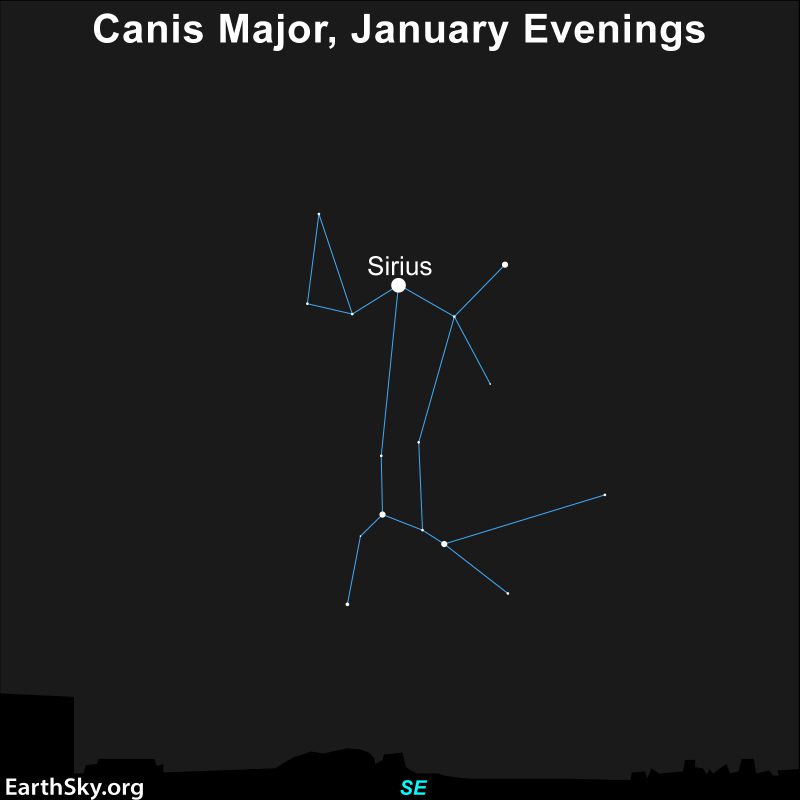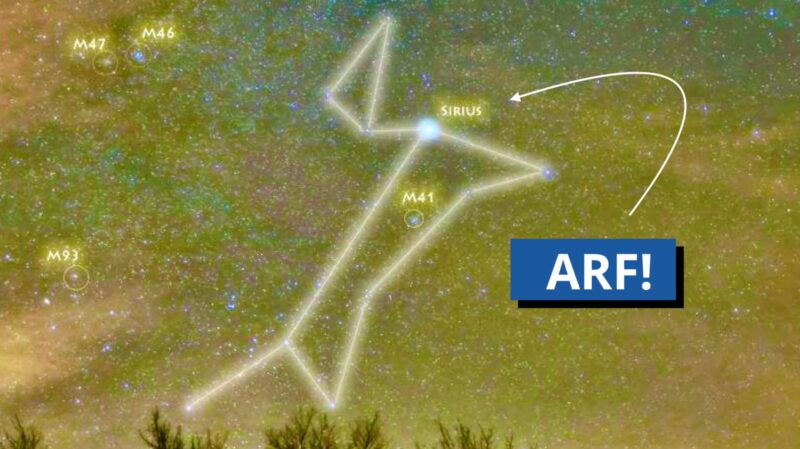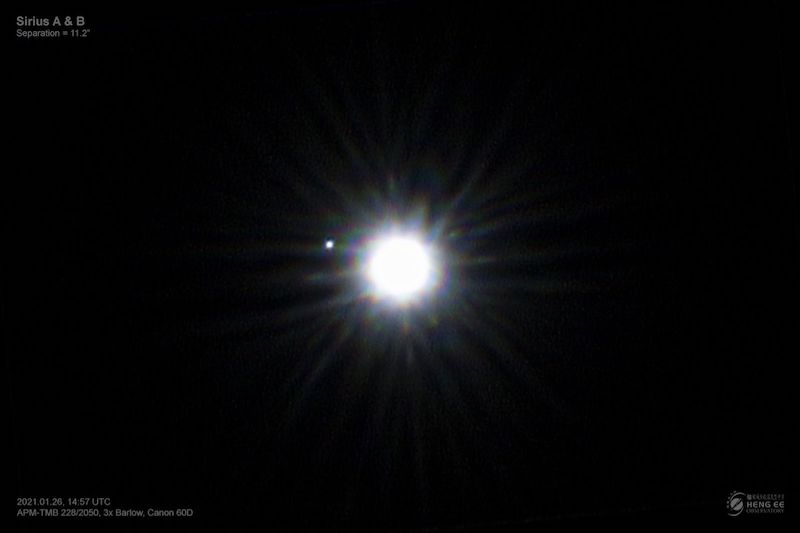Look for Canis Major, home to the sky’s brightest star, Sirius, on January evenings.For those of us in the Northern Hemisphere, winter is the best time to observe the constellation Canis Major the Greater Dog. It’s easy to find since it follows Orion the Hunter up from the horizon, heading from southeast to southwest. Also, Sirius is the brightest star not only in Canis Major but in the entire sky. It’s so bright in our sky because it’s one of the closest stars to Earth, at 8.6 light-...| EarthSky
Our Editor-in-Chief Deborah Byrd works to keep all the astronomy balls in the air between EarthSky's website, YouTube page and social media platforms. She's the primary editor of our popular daily newsletter and a frequent host of EarthSky livestreams. Deborah created the EarthSky radio series in 1991 and founded EarthSky.org in 1994. Prior to that, she had worked for the University of Texas McDonald Observatory since 1976, and created and produced their Star Date radio series. She has won a ...| earthsky.org
View at EarthSky Community Photos. | Michael Teoh at Heng Ee Observatory in Penang, Malaysia, captured this photo of Sirius A (center) and Sirius B (a white dwarf on the left) on January 26, 2021. He used 30 1-second exposures and stacked them together to make faint Sirius B appear. Thank you, Michael!The brightest star in our sky, Sirius, and its white dwarf companion, Sirius B, are currently farthest apart from our perspective. The two stars orbit each other with a period of about 50 years,...| EarthSky



